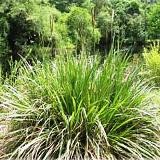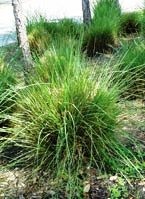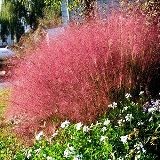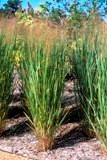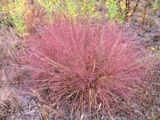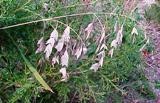Exotic Grasses & Florida Natives
Florida native plants and grasses can be perfect for your landscape and garden as Florida native plants require little irrigation or fertilizer, are low maintenance, and attract native wildlife.
Scientific Name: Varies by Species
Common Names: Fountain Grass, Switch Grass, Tall Grass & Glade Grass.
Flower Season: Summer/Fall
Size: Grasses generally form in clumps that reach 6 to 10 feet tall and 5 or 6 feet wide.

